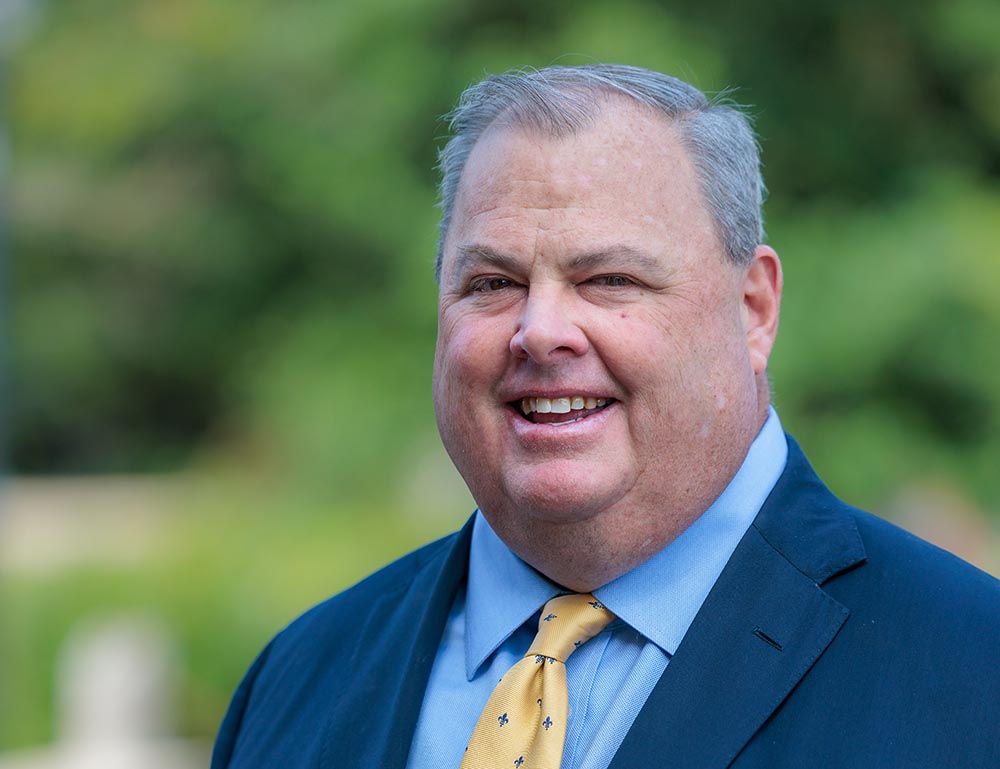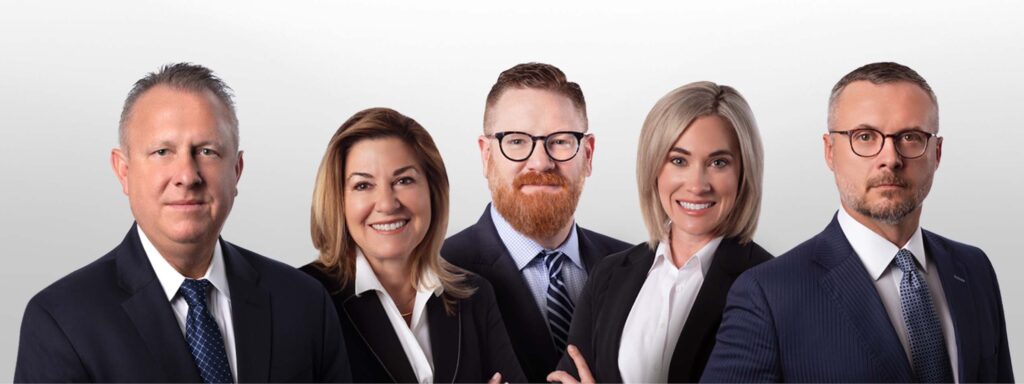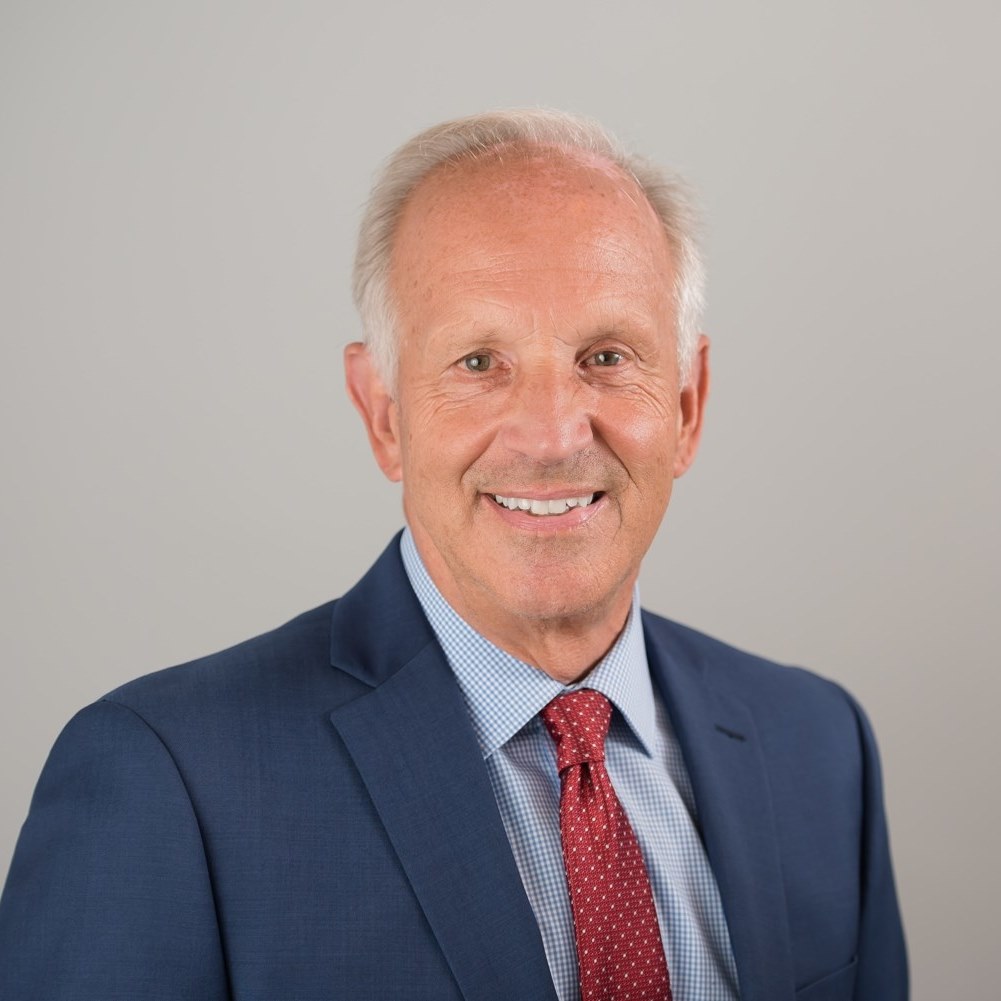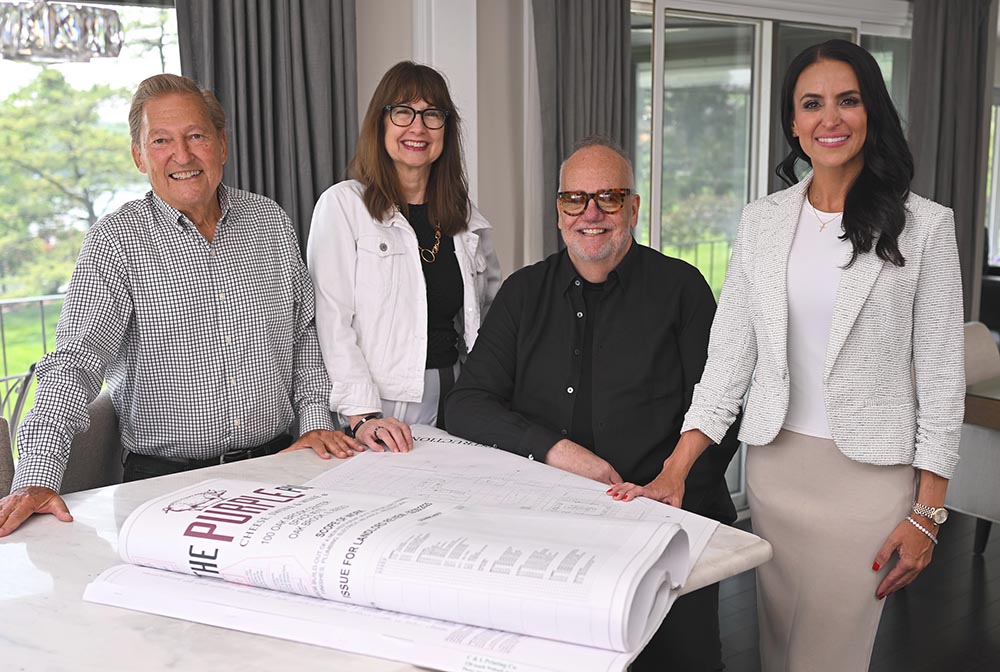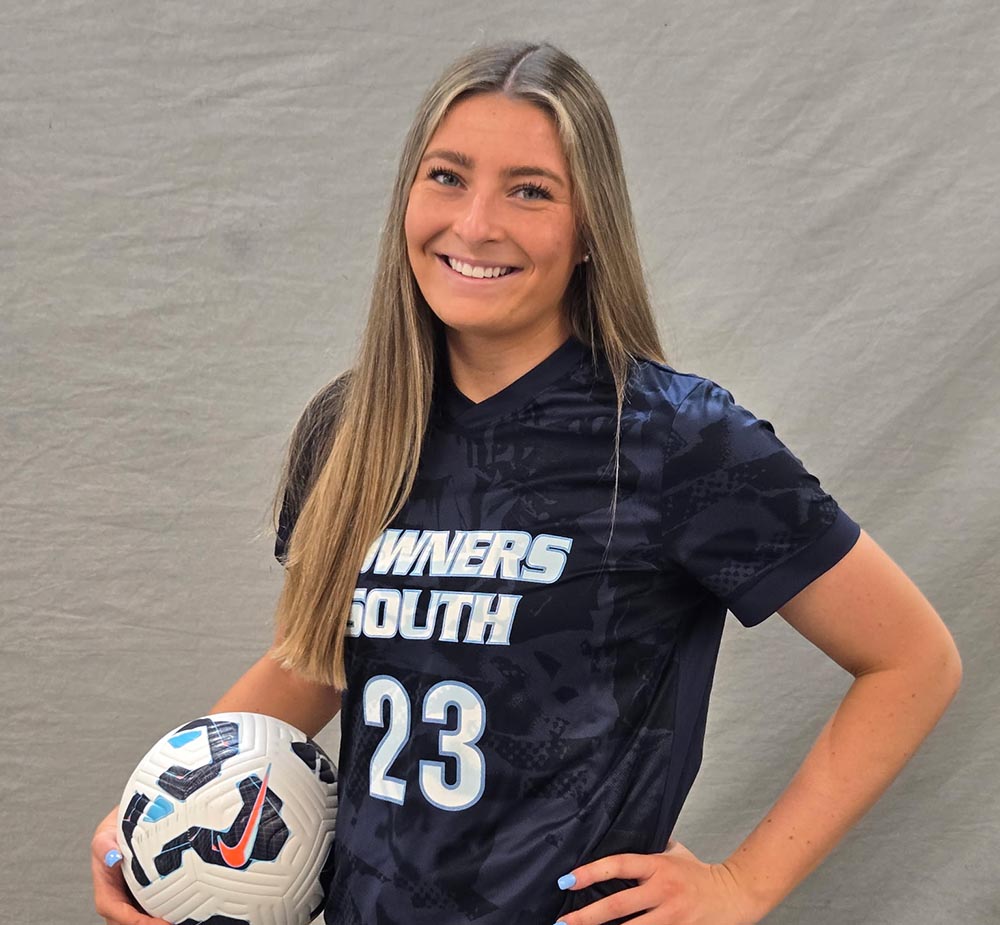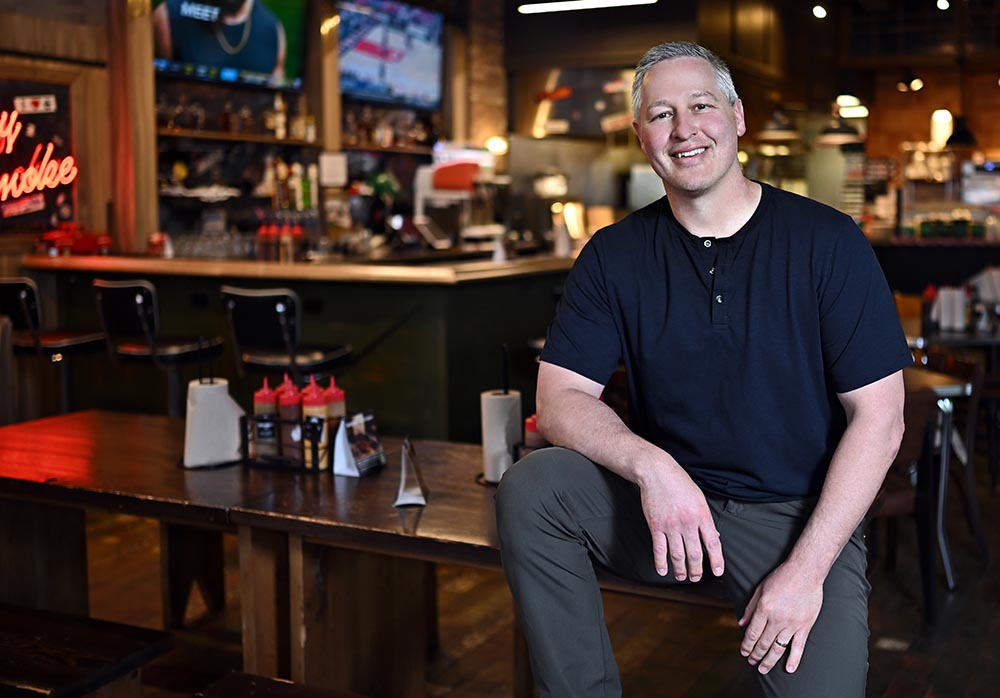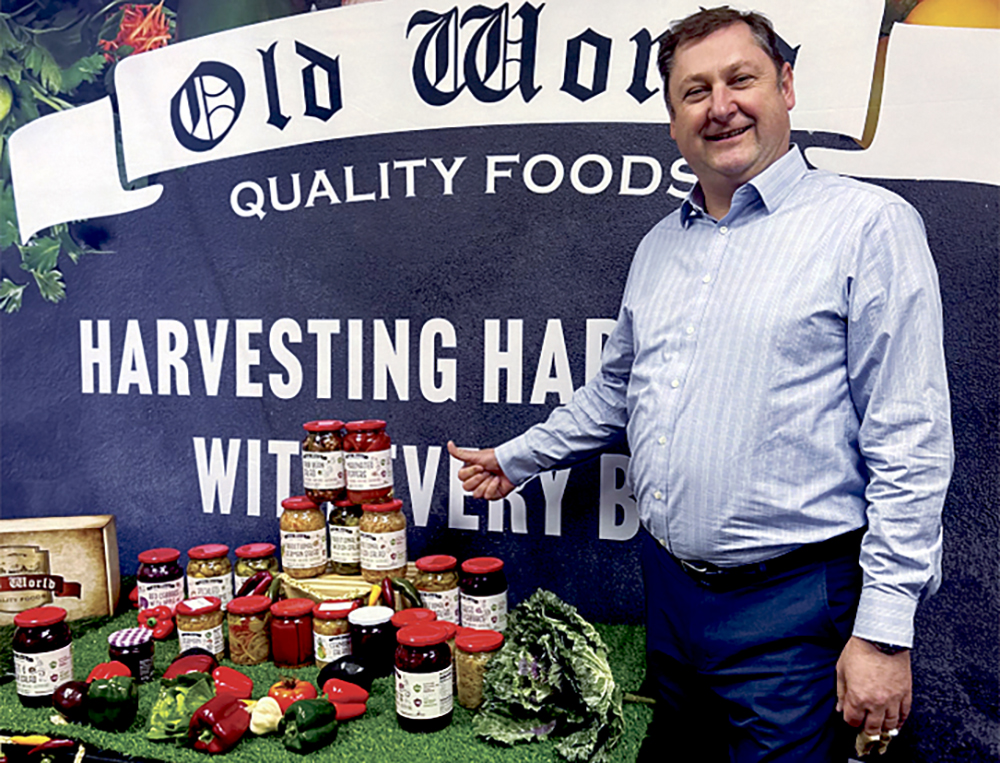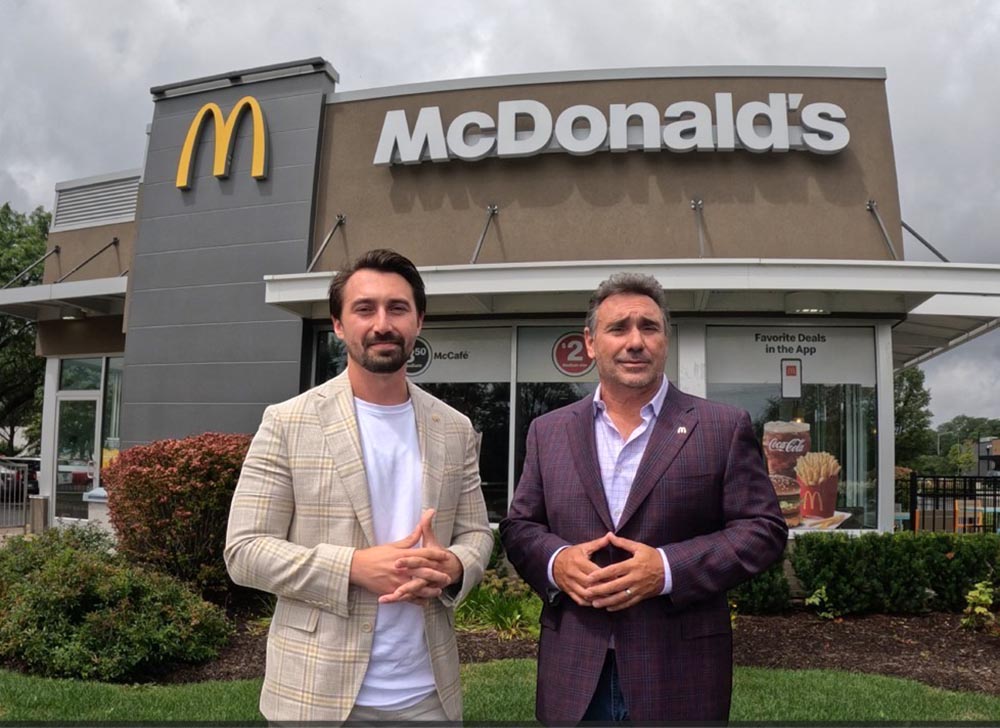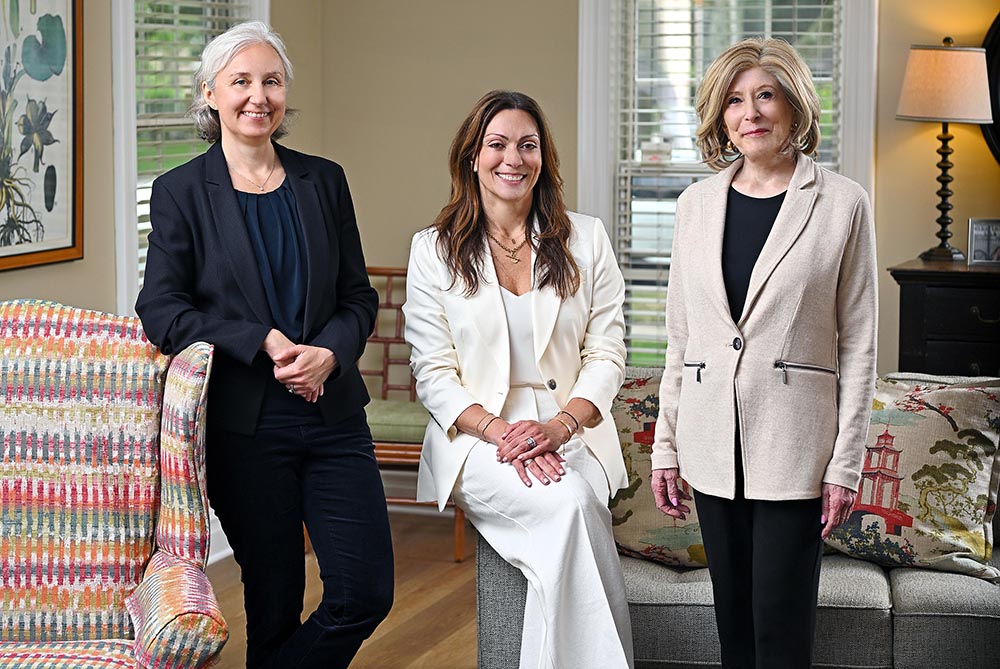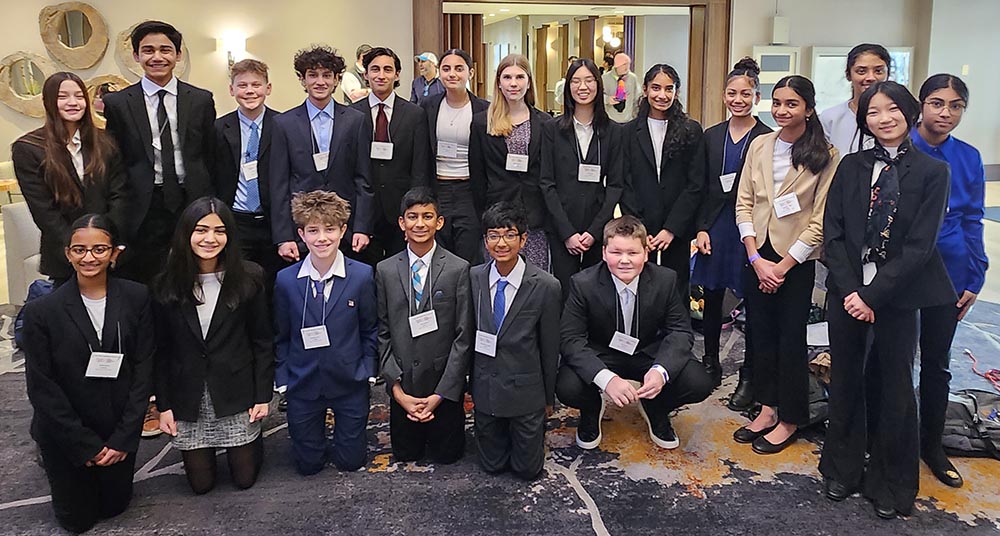Modern Medicine

From data to diagnosis, AI is augmenting medical professionals’ training and practice
Medical training programs and practices in Illinois are on the cutting edge when it comes to considering how artificial intelligence (AI) can enhance patient care and physician functionality. For example, the University of Illinois at Urbana-Champaign’s Department of Bioengineering was the first to offer an AI in Medicine Certificate Program for healthcare professionals.
This six-week continuing education program provided physicians, medical students, and other clinicians with information about the latest in digital medicine and practical applications for it via case studies involving machine learning. Additionally, the course addressed ethical and legal considerations related to the use of AI in clinical settings.
Likewise, while University of Chicago (UChicago) medical faculty and students are not formally trained in the use of AI for clinical purposes, “there are frequent seminars, grand rounds, and journal clubs addressing AI’s role in medicine,” explained Dr. David Beiser, an emergency physician, clinical scientist and informaticist, and Associate Professor of Medicine at UChicago.
“Because the [AI in Medicine] field is still young, structured training programs are just beginning to emerge – but there’s strong interest and growing engagement at all levels,” Beiser added.
“It’s already here, and its capabilities are only increasing.”
— Alexander Pearson, MD, PhD, on AI in the medical field
Fellow physician Dr. Alexander Pearson, who holds an MD, a PhD in statistics, and is an Associate Professor of Medicine specializing in hematology and oncology, is working to expand the machine learning and data science curriculum at UChicago’s Pritzker School of Medicine. He also runs the Center for Computational Medicine and Clinical Artificial Intelligence.
Pearson said that he is frequently asked when AI is going to arrive within the medical field, and his prognosis is that “it’s already here, and its capabilities are only increasing.”
An early use of AI in medicine is in mammography, with most mammograms in the United States having a “computer-assisted diagnostic component,” explained Pearson. He further noted how AI can help radiologists complete diagnostic tasks more cost-effectively, efficiently, and accurately.
Documentation is another area in which AI increases physician efficiency and quality of patient care. Both Beiser and Pearson now use ambient notetaking tools, which use AI to automatically transcribe and summarize conversations between healthcare providers and their patients, allowing them to look their patients in the eye rather than at the notes on their computer screen.

David Beiser, MD, uses AI to spend less time on documentation and more time with his patients during busy ER shifts.
Photo courtesy of the University of Chicago Medicine
According to Beiser, AI is best used in the medical field when it “offload[s] the mundane and repetitive aspects of clinical work, allowing physicians to focus more on higher-level decision making, big-picture thinking, and building stronger connections with our patients.”
Ironically, AI may offer more empathetic responses to patients than human doctors can. This is because in busy clinical settings, doctors may tend toward “accurate but rushed” communication with patients, unintentionally forgetting to respond with compassionate language, Pearson said, while “large language models never have to get home to their kids,” so they can allocate unlimited time toward acknowledging patients’ symptoms and emotions.
Medical trainees also have access to “large language models, with huge amounts of data at the elbow to instantaneously answer medical-based questions,” Pearson said, which he considers “invaluable.”
Even veteran practitioners lean on AI platforms “to provide decision support and stay current with emerging research,” Beiser noted.
These uses of AI in medicine, along with others such as grant and manuscript writing, have been correlated with decreased physician burnout, which leads to increased quality of care for patients.
However, there are still bugs in the system, and end users must be mindful of these. One concern is that medical professionals and trainees may become overly reliant on AI tools, Beiser said.
AI may also inadvertently “reinforce biases from data from society,” Pearson said. Beiser echoed this potential for bias, explaining that “AI tools trained on non-representative data or deployed without oversight can amplify existing disparities in healthcare.”
To mitigate such bias, both Pearson and Beiser advocate that AI be used to augment, not replace, traditional medical practices. Beiser said, “The key is to…remain vigilant in how we implement and supervise its use in both clinical practice and training environments.”
While the incorporation of AI into medical treatment and training brings a mix of advantages and challenges, one thing is certain: “medicine in the future will look different than it looks now,” Pearson said, predicting that “the most successful physicians will be the ones who integrate technology into their realm of practice.”












